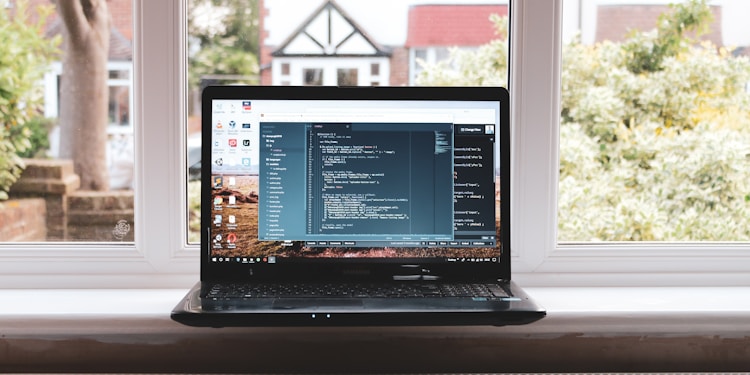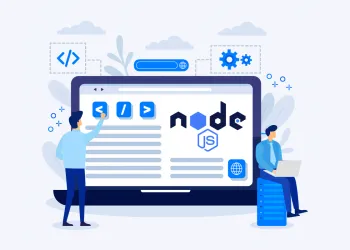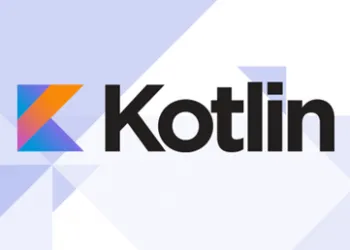No website can exist without front- and back-end web development, but for many, they can be two confusing things that are difficult to understand.
The easiest step for anybody who wants to build a site from scratch is to look for a software company that offers both services. But for the sake of discussion, and to narrow down our understanding of web development, let’s talk about the front-end in this article.
What Is Front-End Development?
Front-end development is the process of creating the user interface and visual design for a website or web application. This can include anything from designing the overall layout and look of the site to coding individual interactions and animations.
In many cases, front-end developers will work closely with web designers to bring their vision to life. However, some front-end developers also have experience in design, making them a valuable asset to any web development team.
Front-end development requires a deep understanding of both HTML and CSS. HTML is used to structure the content on a web page, while CSS is used to style that content. Together, these two languages allow developers to create complex and beautiful websites.
Additionally, front-end developers must be proficient in JavaScript, as this is the language that powers most of the interactions on modern websites.
With the increasing popularity of responsive design, front-end developers must also be adaptable and able to create websites that look great on any device. This requires a deep understanding of how different screen sizes and resolutions affect the way a website appears. By keeping up with the latest trends in web design, front-end developers can ensure that their skills are always in demand.
What Are the Differences Between Back- and Front-End Web Development?
Front-end web development involves the creation of the user interface and interactivity for a website or web application. This can include everything from designing the layout to coding the functionality.
Back-end web development, on the other hand, is all about what happens behind the scenes. This can involve developing the server infrastructure, creating databases, and writing code to power the front-end features.
In addition, back-end developers often focus on optimizing performance and scaling websites to accommodate increased traffic.
Breaking Down the Broad Concepts
Now that you have a clear definition of front-end development, let’s take a closer look at some of the key concepts that are involved.
1. HTML and CSS
As mentioned earlier, HTML and CSS are the two main languages used in front-end development. HTML is responsible for structure, while CSS handles style.
HTML is a fairly simple language to learn. It consists of a series of elements that are used to define the different pieces of content on a web page. For example, the <h1> element is used to denote a heading, while the <p> element is used for paragraphs.
CSS is a more complex language used to apply styles to HTML elements. These can include things like colors, fonts, and layouts. CSS allows developers to create rich and unique visual designs for their websites.
2. JavaScript
JavaScript is a programming language that adds interactivity to webpages. Most front-end developers use it to create things like drop-down menus, forms, and interactive maps.
JavaScript is a more advanced language than HTML and CSS, but it is still relatively easy to learn. With a little practice, most people can start creating basic JavaScript applications within a few hours.
3. Responsive Design
Responsive design is a technique used to make websites look good on all devices, regardless of their size or resolution. This includes everything from mobile phones to desktop computers.
Responsive design is a must-have skill for any front-end developer. With the increasing popularity of mobile devices, more and more people are accessing the internet on the go. As such, it is essential that websites look good on all devices.
4. User Experience (UX) Design
User experience (UX) design is the process of designing websites and web applications that are easy to use and enjoyable for users. This includes things like creating intuitive navigation, using clear and concise text, and providing visual cues to help users understand what they need to do.
While UX design is not strictly a part of front-end development, it is closely related. A good UX designer will have a strong understanding of front-end development concepts and be able to use that knowledge to create websites that are both aesthetically pleasing and easy to use.
Final Words
Front-end web development is a vital part of the web design process. By understanding the key concepts and technologies involved, you can create websites that are both visually appealing and easy to use.
















